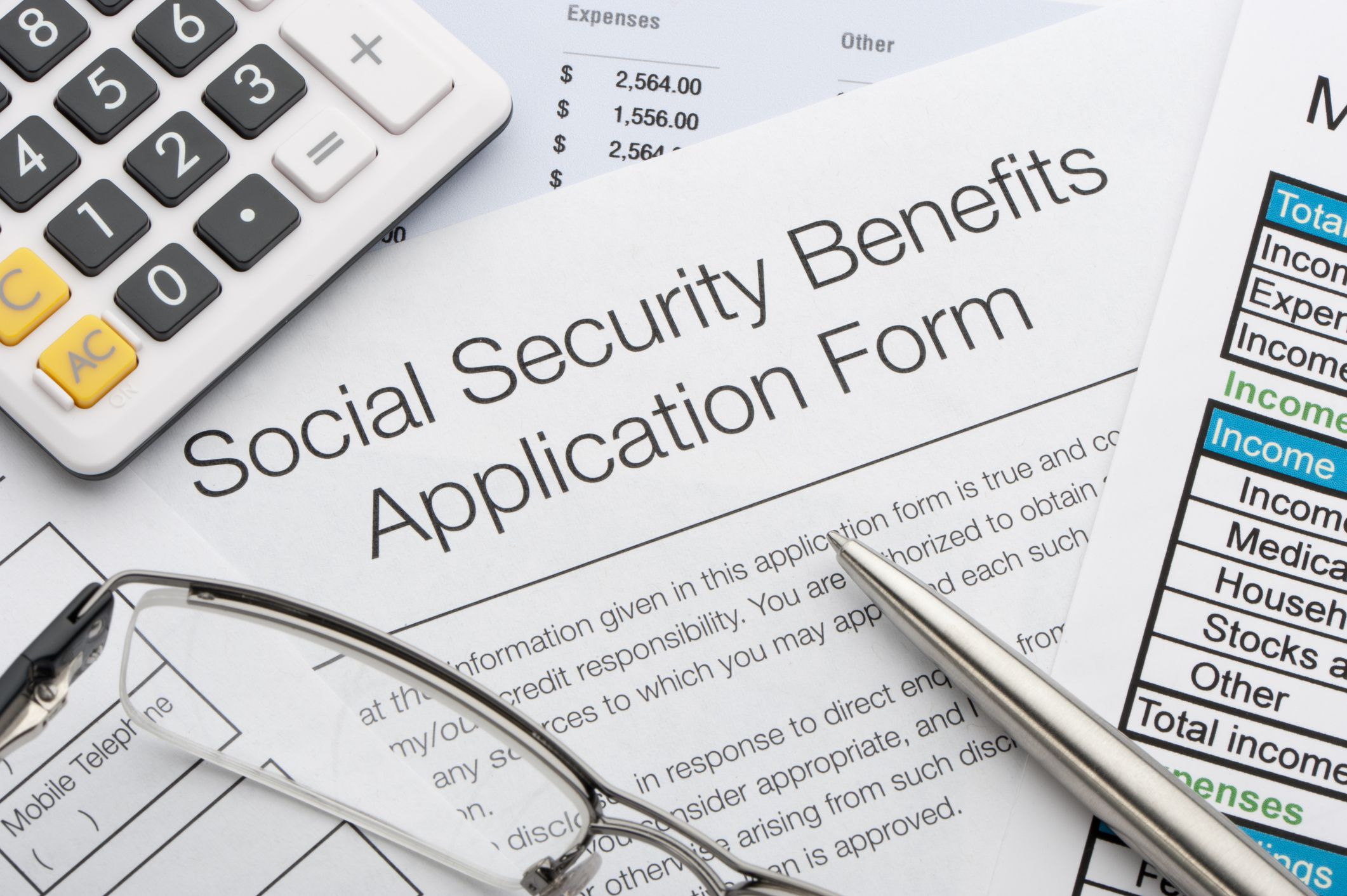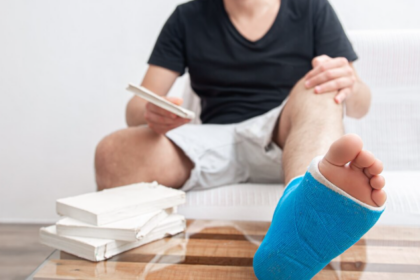As Canadians, our brutal winters make us more susceptible to slips and falls on ice than our neighbors to the south. With winter just around the corner, we wanted to provide you with a guide on preventing slip and fall accidents this winter. It’s also important to know that if you are involved in any type of slip and fall accident, not just on the ice, you should contact a slip and fall lawyer as soon as possible.
Avoiding slip and fall accidents this winter
- Wear sensible footwear. There’s no sense in slipping and sliding and hurting yourself for the name of fashion. During these Canadian winters, you must make sure you are wearing proper footwear.
- Find and use support.Handrails are there for a reason. Use them in the winter months to help keep your balance, stay upright, and even recover faster if you fall.
- Take your time.Give yourself plenty of time when you leave the house this winter. A quick walk to the car can become disastrous when it’s slippery and blistery outside. If you are walking to your destination, it becomes even more critical not to rush yourself. Give yourself extra time to get places in the winter in case your path has slippery road conditions. If you do start to fall, stay calm. Try to roll forward and move into a sitting position if you fall backward.
- Avoid hazardous conditions.If the weather outside becomes too dangerous or creates dangerous driving conditions or icy pavements, stay home and avoid non-essential travel.
- Report dangerous conditions: If there are icy and slippery sidewalks, report the concern to the building owner or manager.
Avoiding slip and fall accidents at your home this winter
Here are a few things homeowners should do every winter to prevent slip and fall accidents on your property:
- Use mats:Property owners should place mats in entryways to help soak up water that gets tracked in from shoes to prevent areas from becoming slippery
- Inspect areas regularly: Homeowners should periodically inspect their property to identify hazards and fix them before an accident happens. Homeowners should secure all safety rails so they can support guests and visitors to your home.
- Salting walkways: Cover all walkways with sand, salt, or ice melt after a snowfall or an ice storm. These substances add traction for guests and visitors and can eliminate the hazardous buildup of snow, ice, and debris.
- Clearing hazardous areas: Remove all snow and icefrom sidewalks, stairs, and other walkways ASAP. If an ongoing winter storm is causing snow or ice to accumulate, the property owner should regularly remove the hazards.
- Posting warning signs:According to law, property owners must provide guests and visitors with adequate warning of any known hazards on the property. This includes posting visible signs that clearly state what the hazard is and where it is or they can section off the dangerous area.
- Checking gutters:Property owners need to ensure their gutters and downspouts drain away from walkways. This will prevent additional water from depositing, freezing, and causing slippery conditions in areas where pedestrians walk.





